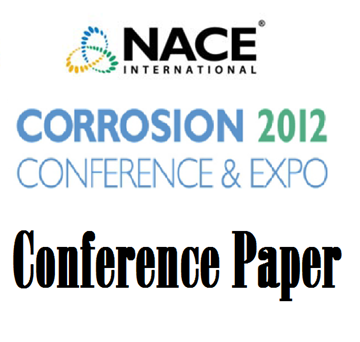Search
09050 Relevance of Cathodic Disbondment Test for Evaluating External Pipeline Coatings at Higher Temperatures
Also Purchased
51312-01108-A Test to Prescreen Coating Systems Prior To Cathodic Disbondment Testing
Product Number:
51312-01108-SG
ISBN:
01108 2012 CP
Publication Date:
2012
$20.00
51312-01285-Cathodic disbondment test: What are we testing?
Product Number:
51312-01285-SG
ISBN:
01285 2012 CP
Publication Date:
2012
$20.00
51314-3860-High Temperature Cathodic Disbondment Testing for Pipeline Coatings
Product Number:
51314-3860-SG
ISBN:
3860 2014 CP
Publication Date:
2014
$0.00




